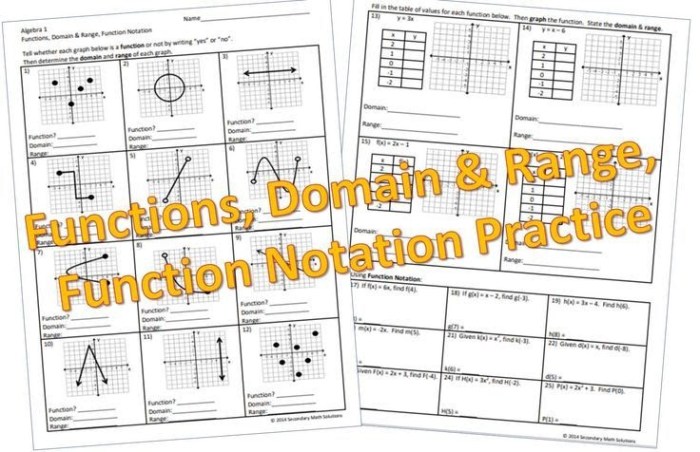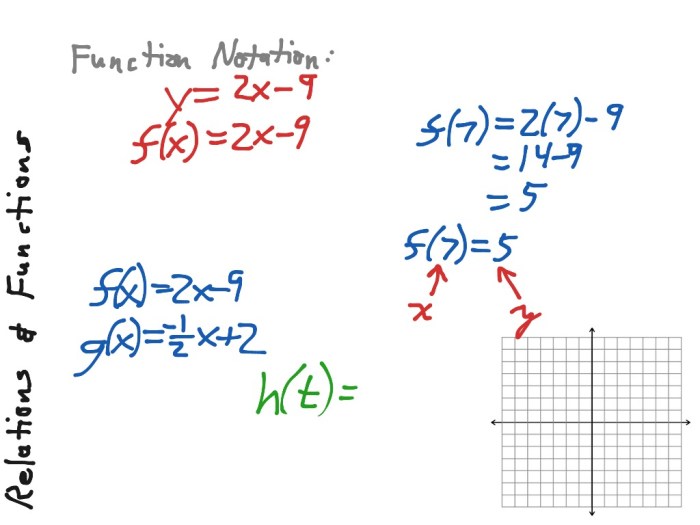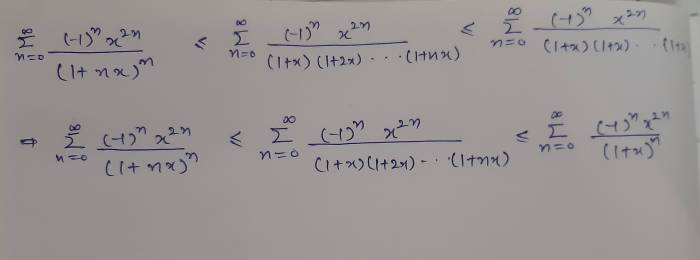Unit 2 linear functions homework 1 relations & functions – Embarking on Unit 2: Linear Functions, Homework 1: Relations and Functions, we delve into the fundamental concepts that govern the behavior of linear functions. This exploration will provide a comprehensive understanding of domain and range, slope and intercept, graphing techniques, and the applications of linear functions in real-world scenarios.
As we progress through this homework assignment, we will uncover the intricacies of linear functions, empowering us to analyze, interpret, and utilize them effectively in various mathematical contexts.
Linear Functions: Unit 2 Linear Functions Homework 1 Relations & Functions

Linear functions are a fundamental concept in algebra, representing a straight line on a graph. They are used to model various phenomena in real-world scenarios, providing insights into relationships between variables.
Domain and Range
The domain of a function is the set of all possible input values, while the range is the set of all possible output values. For linear functions, the domain is typically all real numbers, and the range varies depending on the slope and y-intercept.
Slope and Intercept
The slope of a linear function is the ratio of the change in y-values to the change in x-values, and the y-intercept is the point where the line crosses the y-axis. The slope and intercept are essential in understanding the behavior of the line.
Graphing Linear Functions
To graph a linear function, first determine the slope and y-intercept. Then, plot the y-intercept on the y-axis and use the slope to find additional points. Connect these points to form the line.
Parallel and Perpendicular Lines
Parallel lines have the same slope, while perpendicular lines have slopes that are negative reciprocals of each other. The slope of a line can be used to determine whether it is parallel or perpendicular to another line.
Writing Linear Equations
To write the equation of a linear function, use the slope-intercept form (y = mx + b), where m is the slope and b is the y-intercept. Other forms of linear equations include the point-slope form and the standard form.
Applications of Linear Functions, Unit 2 linear functions homework 1 relations & functions
Linear functions are widely used in various fields, including economics, physics, and engineering. They are used to model relationships between variables, make predictions, and solve problems.
Clarifying Questions
What is the domain of a linear function?
The domain of a linear function is the set of all possible input values for which the function is defined.
How do you find the slope of a linear function?
The slope of a linear function can be found by dividing the change in the output (y-values) by the change in the input (x-values) or using the formula m = (y2 – y1) / (x2 – x1), where (x1, y1) and (x2, y2) are two points on the line.
What is the y-intercept of a linear function?
The y-intercept of a linear function is the point where the line crosses the y-axis and represents the output value when the input is zero.



